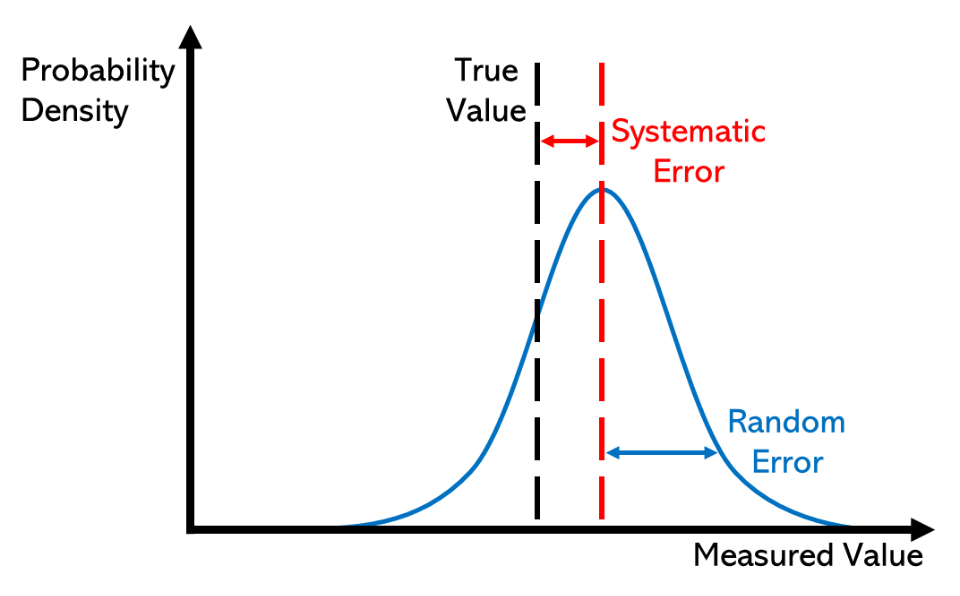OCR Specification focus:
‘Evaluate whether the proposed experimental method is appropriate and sufficient to meet the expected outcomes.’
A well-designed investigation must include critical consideration of whether the chosen method will genuinely achieve the stated aim. Assessing suitability ensures that experiments are workable, valid and scientifically meaningful.
Evaluating the Method Against the Aim
Suitability begins with checking that the proposed method clearly meets the aim of the investigation, which is the overarching purpose of the practical task. Aims must link directly to the scientific context and should be achievable using realistic practical means. A method is only suitable if every major step contributes directly to obtaining data relevant to the aim, without unnecessary procedures that add time or complexity.
A suitable method must also allow the researcher to gather enough valid data. Validity is the extent to which an investigation measures what it intends to measure. A method that does not effectively isolate the independent variable (the variable deliberately changed to test its effect) will not produce valid data.
Control of Variables and Fair Testing
To judge suitability, students must confirm that control variables (factors kept constant to ensure only the independent variable affects the dependent variable, which is the factor measured in response) are identified and effectively controlled. If key variables are uncontrolled, the method becomes unsuitable because changes in the dependent variable cannot be confidently linked to the independent variable.
Controls are assessed for both feasibility and completeness. When evaluating, students should consider whether:
The control variables are biologically relevant
The proposed control measures are realistic using classroom or laboratory equipment
The number of controlled variables is sufficient to maintain validity
Assessing Risk, Feasibility and Practicality
A practical method must be workable within normal laboratory conditions. Suitability assessment includes judging whether the method is safe, achievable within the available lesson time and compatible with standard school equipment. If a risk assessment reveals hazards that cannot be effectively managed, or specialist equipment is required beyond what is accessible, the method is unsuitable.
Feasibility questions to consider include:
Is the sample size realistic for the timeframe?
Are measurements quick and repeatable?
Can the experiment be set up and cleaned down in the session?
Precision, Accuracy and Quality of Data
A suitable method allows for precise and accurate measurements. Precision refers to the closeness of repeated measurements to one another, while accuracy is closeness to the true value. Methods that rely on vague observations, subjective judgement or low-resolution equipment will produce poor-quality data that weakens conclusions, even if the rest of the design is logical.

Target diagrams distinguish accuracy (closeness to the true value) from precision (repeatability of measurements). A suitable method should maximise both wherever feasible. Source.
To ensure suitability, students must evaluate whether:
The chosen instruments have appropriate resolution
The measuring technique is consistent and clearly described
Readings are taken under controlled conditions that reduce fluctuation
Replication and Reliability
A method must incorporate replicates, meaning repeated measurements under identical conditions. Replication improves reliability, which is the consistency of results. A suitable method includes enough repeats to allow identification of anomalies and calculation of means to reduce the effect of random error.
When assessing suitability, students ask whether the number of repeats is sufficient to produce reliable trends without making the procedure unnecessarily long.
Minimising Sources of Error
A method may be rejected if it contains avoidable sources of systematic error or random error. Systematic error consistently shifts results in one direction, whereas random error causes scatter around the mean. A suitable method uses steps that minimise both, such as clear timing procedures, consistent volumes and appropriate calibration of instruments.

The red curve shows a systematic error shifting measurements away from the true value, while the blue curve shows random error widening spread about the mean. Suitability assessment should check procedures and apparatus to minimise both. Source.
Such evaluation strengthens a method before data collection begins by:
Identifying and eliminating predictable biases
Ensuring sufficient repeatability
Choosing appropriate instruments and techniques
Verifying that the procedure links directly to the aim and produces valid, reliable, high-quality data
Appropriateness of Techniques and Data Collection
Suitability requires the use of data collection methods closely matched to the investigation. For example, continuous variables demand instruments that produce numerical data on a suitable scale, while discontinuous variables may need categorised observation recording. The method should clearly describe how frequently measurements are taken, how data will be recorded and whether the approach will generate sufficient range to identify trends.
Ethical, Environmental and Biological Considerations
For practical work involving living organisms, suitability includes biological and ethical appropriateness. Methods must avoid unnecessary harm, use organisms responsibly and comply with laboratory guidelines. An otherwise workable method becomes unsuitable if it contradicts ethical expectations or causes avoidable damage to biological material or ecosystems.
Refining Experimental Design
Even a largely workable method may benefit from refinement before implementation. When evaluating suitability, students should recommend improvements that enhance validity, efficiency or clarity without changing the aim. Suitability assessment therefore acts not only as a judgement of quality but also as a tool for optimisation before data collection begins.
FAQ
A suitable sample size should be large enough to show a clear pattern or trend without making the method unnecessarily time-consuming. In practice, the chosen number of samples must balance reliability with practicality.
A sample size is generally considered suitable if it:
Allows meaningful comparison between conditions
Reduces the effect of biological variation
Can realistically be collected and processed with available equipment and time
A control experiment provides a baseline for comparison, where the independent variable is not applied at all, allowing the researcher to confirm that any change in the dependent variable is biological and not procedural.
Controlled variables, however, are factors that must be kept constant across all treatments. When assessing suitability, both are considered, but a control experiment strengthens validity in a way that controlled variables alone cannot.
Pilot tests expose weaknesses in a method before full data collection begins, helping researchers judge if the procedure is workable, valid, and easy to carry out.
A pilot can reveal:
Whether measurements are practical to obtain
If timings or volumes need adjusting
Whether equipment has enough resolution
Any unexpected sources of error
This reduces wasted time and increases the likelihood of collecting meaningful data.
Some techniques require fine motor control or experience, and a method that relies on highly skilled handling may be unsuitable for classroom or field conditions. Even logical designs can fail if they demand unrealistic precision from the experimenter.
Suitability assessments should therefore consider:
How easy the steps are to repeat consistently
Whether the technique increases random error
If simpler alternatives could achieve the same aim
Yes. A method may produce a trend but still be unsuitable if the data cannot be trusted due to avoidable flaws. For example, a lack of repeats, poor control of variables, or low-resolution equipment can make conclusions unreliable, even when a pattern appears.
Trends alone do not guarantee validity or scientific quality. A suitable method must produce data that are reproducible, controlled, and robust enough to support justified conclusions.
Practice Questions
Question 1 (2 marks)
A student plans an investigation to determine how light intensity affects the rate of photosynthesis. State two factors the student should control to ensure the method is suitable.
Question 1 (2 marks)
Award one mark for each valid controlled variable, up to two marks:
Temperature controlled (1)
Same volume or concentration of solution used (1)
Same species or mass of plant material (1)
Same duration of exposure to light (1)
Same wavelength or colour of light (1)
Question 2 (5 marks)
A researcher designs an experiment to investigate the effect of pH on enzyme activity. The method contains several weaknesses, including a lack of repeats, poor control of temperature, and unclear measurement procedures. Explain how assessing the suitability of the method could improve the quality of the data and the validity of the conclusions.
Question 2 (5 marks)
Award up to five marks for the following valid points, any order:
Assessing suitability ensures variables such as temperature are properly controlled to maintain validity (1)
Repeating measurements allows calculation of a mean and increases reliability (1)
Improved measurement techniques reduce random error, giving more precise results (1)
Clearer procedures reduce inconsistencies between repeats or experimenters (1)
A more suitable method ensures that changes in the dependent variable are due to the independent variable only, improving validity of conclusions (1)

